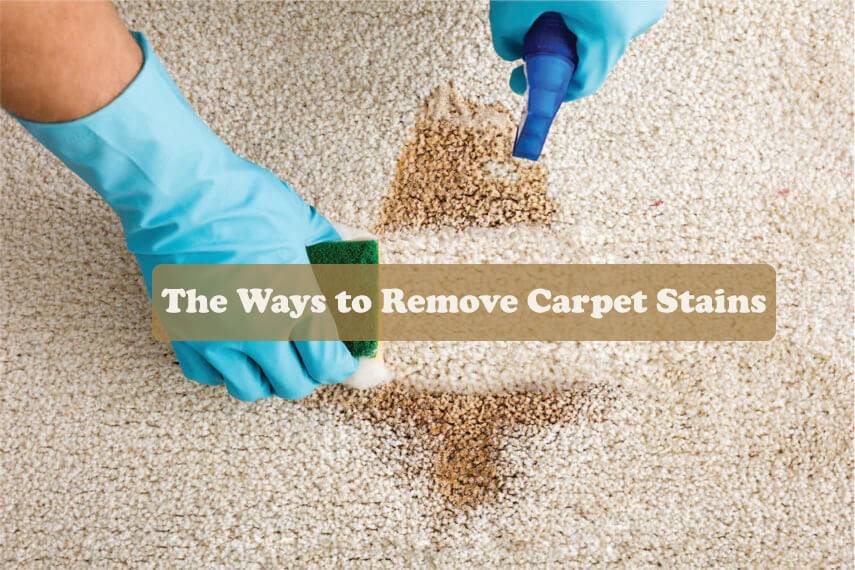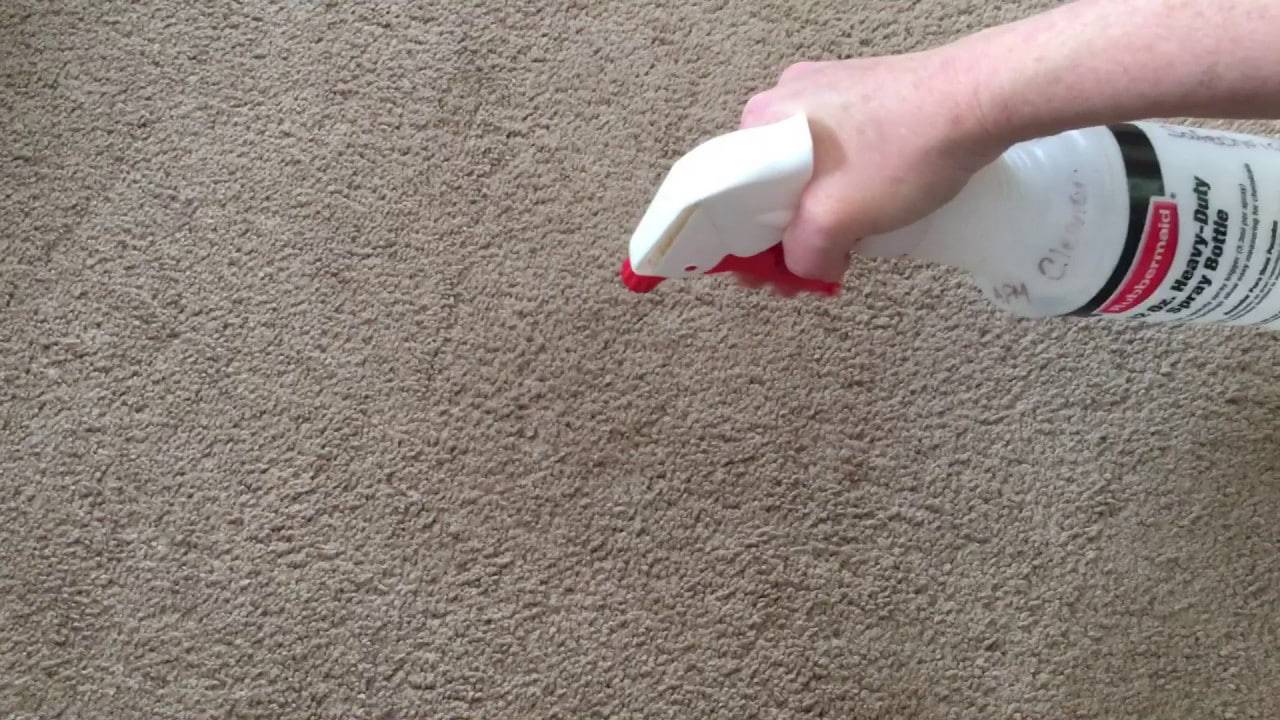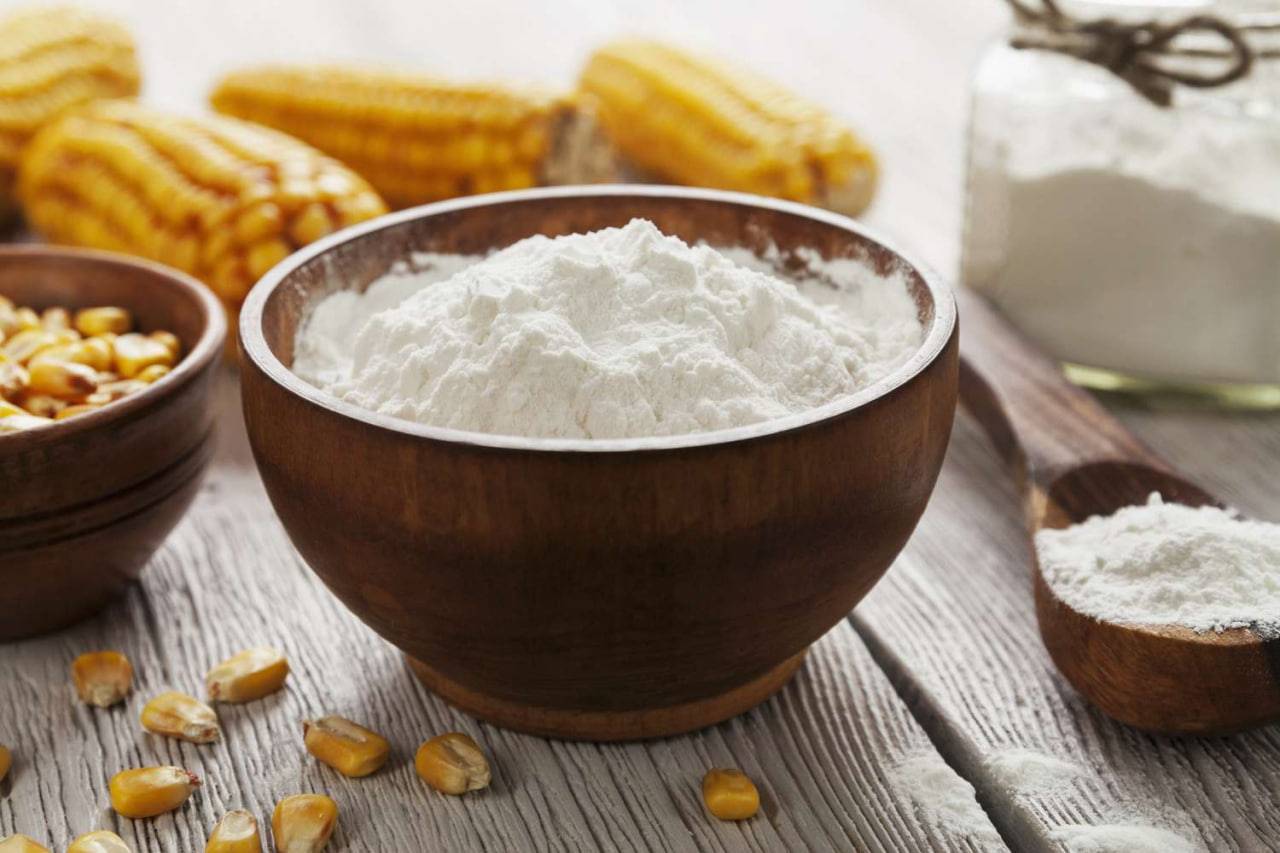That sinking feeling when you witness a spill creeping across your carpet in slow motion – we’ve all been there. But before you panic and reach for the harshest chemical cleaner, take a deep breath! There are a surprising number of effective natural remedies at your disposal.
These natural solutions are not only gentle on your carpets, but they’re also safer for your family and the environment. So, the next time a mishap occurs, stay calm and consider these four powerful natural stain removers to bring your carpet back to life.
Remove Carpet Stains with Vinegar
Vinegar isn’t just for salad dressings! It’s a true champion when it comes to natural cleaning, and carpet stains are no exception. This readily available household staple can tackle a surprising variety of mishaps. Here’s how to harness its power:
- Blot, Don’t Scrub: First things first, address any excess liquid. Use a clean, absorbent cloth to blot up as much of the spill as possible. Scrubbing can actually spread the stain further, so a gentle blotting motion is key.
- Vinegar to the Rescue: Now, it’s vinegar’s time to shine! Fill a spray bottle with white vinegar – its clear color ensures it won’t stain your carpet. Lightly mist the affected area, making sure to cover the entire stain but avoid soaking the carpet.
- Let it Work its Magic: Patience is key! Allow the vinegar to sit on the stain for 10 minutes. This gives it time to break down the stain-causing agents and loosen them from the carpet fibers.
- Blot and Repeat (Optional): After 10 minutes, use a clean, damp cloth to blot up the vinegar solution. If the stain persists, you can repeat the process once more.
- Baking Soda Boost: For an extra punch, consider teaming vinegar with its trusty sidekick, baking soda. We’ll explore this powerful combination in a later tip!
Removing with Cornstarch
Don’t underestimate the power of a pantry staple! Cornstarch, that trusty thickening agent in your kitchen, can also be a lifesaver when it comes to carpet stains. Its secret weapon? Absorption. Here’s how this ordinary ingredient tackles tricky spills:
- The Power of Paste: Cornstarch works best when combined with a liquid to form a paste. Milk is a great option for ink or oil-based stains, as it can help break them down slightly while the cornstarch absorbs. Alternatively, water can be used for general stain removal. Mix a few tablespoons of cornstarch with your chosen liquid until it forms a thick paste, similar to peanut butter.
- Targeted Application: Apply the cornstarch paste directly to the stain. Use a spoon or your fingers to spread it evenly, ensuring the entire stain is covered.
- Let it Dry Completely: Patience is key! Unlike some cleaning solutions, cornstarch works its magic through absorption. Allow the paste to dry completely on the stain. This can take anywhere from a few hours to overnight, depending on the thickness of the paste and the severity of the stain.
- Vacuum Up the Evidence: Once the paste is thoroughly dry, it’s time for removal. Grab your vacuum cleaner and use the upholstery attachment (if available) to gently remove the dried cornstarch paste and any absorbed stain particles.
- Bonus: Odor Absorber: Cornstarch isn’t just for stains! It can also be used as a natural carpet deodorizer. Simply sprinkle a thin layer of cornstarch over your carpet, focusing on areas prone to lingering smells. Leave it for about 15 minutes, then vacuum thoroughly. The cornstarch will absorb any unpleasant odors, leaving your carpet smelling fresh.
Use Salt
Oh no! Red wine on the carpet? Don’t despair! While red wine’s bold color might seem like a stain catastrophe, salt comes to the rescue as a surprisingly effective natural stain fighter. Here’s how this readily available kitchen staple tackles this common spill:
- First Line of Defense: Before deploying salt, it’s important to address any excess wine. Blot up as much liquid as possible with a clean, absorbent cloth. Remember, blotting is key – scrubbing can spread the stain further.
- White Wine Power: For red wine specifically, a clever trick is to utilize the power of white wine! White wine can help neutralize the color pigments of red wine. Dab a clean cloth in white wine and gently blot the affected area. Avoid oversaturating the carpet.
- Water Rinse (Optional): If you’re comfortable, you can follow the white wine treatment with a light rinse using clean water and a sponge. This helps remove any leftover white wine residue. Be sure to wring out the sponge thoroughly to avoid soaking the carpet.
- Salt Takes Center Stage: Now, it’s time for salt to shine! Generously sprinkle a thick layer of salt over the entire stain. The salt acts as a powerful absorbent, drawing out the remaining wine and dye from the carpet fibers.
- Patience is a Virtue: Unlike some cleaning solutions, salt works its magic slowly. Allow the salt to sit on the stain for several hours, or even overnight for particularly stubborn stains. The longer the salt sits, the more wine it can absorb.
- Vacuum Farewell: Once you’re satisfied with the salt’s absorption time, simply vacuum the area thoroughly. The salt crystals and any leftover wine residue will be lifted from the carpet fibers, leaving you with a cleaner and hopefully stain-free surface.
Water
Believe it or not, plain water can be a surprisingly effective stain fighter for a variety of carpet mishaps. Here’s how this readily available resource tackles specific types of stains:
- Water-Soluble Stains: For spills like fruit juices, some beverages, and even protein-based stains (like eggs or blood), water can be your first line of defense. Blot, don’t rub! Gently dab the affected area with a clean, absorbent cloth. Repeated blotting with a fresh section of the cloth is key – continue until no more color transfers from the stain. Remember, rubbing can spread the stain further and make it harder to remove.
- Ice It for Wax and Gum: For trickier substances like candle wax, melted crayons, or chewing gum, water plays a supporting role. First, use ice cubes in a plastic bag to harden the waxy substance. The cold temperature will make it more brittle and easier to scrape off with a blunt knife.
- The Power of Clean Water: Once you’ve removed the bulk of the waxy substance, use clean water to tackle any remaining residue. Dampen a clean cloth and gently blot the affected area. You can repeat this process if needed, but be sure to wring out the cloth thoroughly each time to avoid over-wetting the carpet.
Prevention is Key:
While water can be a handy stain-fighting tool, here’s a bonus tip: the best way to remove carpet stains is to prevent them from happening in the first place! Consider establishing some household rules to minimize spills:
- Designated Eating Zones: Encourage family members to enjoy food and drinks in specific areas with easy-to-clean flooring. This helps contain potential spills and makes cleanup easier.
- Shoe-Free Policy: Implementing a “shoes-off” rule at the door can significantly reduce the amount of dirt and debris tracked onto your carpets. This not only helps prevent stains but also extends the life of your carpets.
By combining proactive prevention with these water-based cleaning techniques, you can keep your carpets looking their best and minimize those stain-induced headaches!
Conclusion
Carpet stains happen – it’s a fact of life. But before you reach for harsh chemical cleaners, consider the power of natural solutions! Vinegar, cornstarch, salt, and even water can be surprisingly effective stain fighters when used correctly. These natural methods are not only gentle on your carpets but are also safer for your family and the environment. So next time a mishap occurs, stay calm, and remember the stain-fighting power of these readily available household staples. With a little patience and these natural cleaning tips, you can keep your carpets looking fresh and vibrant.
FAQs
Q: Are these natural cleaning methods effective for all types of stains?
A: While these methods are powerful for many common stains, some tougher stains might require a stronger cleaning solution. It’s always best to test any cleaning method on an inconspicuous area of the carpet first to ensure it doesn’t cause discoloration.
Q: Are there any other natural cleaning solutions I can try?
A: Absolutely! Baking soda is a popular choice for tackling set-in stains, especially when combined with vinegar. Additionally, lemon juice can be effective for lightening some stains. Always research the best natural cleaning method for the specific type of stain you’re facing.
Q: How can I prevent carpet stains from happening in the first place?
A: Prevention is key! The tips mentioned in the water section – establishing designated eating areas and implementing a “shoes-off” policy – are great first steps. Regular vacuuming also helps remove dirt and debris before they have a chance to become embedded in the carpet fibers and potentially cause stains.



